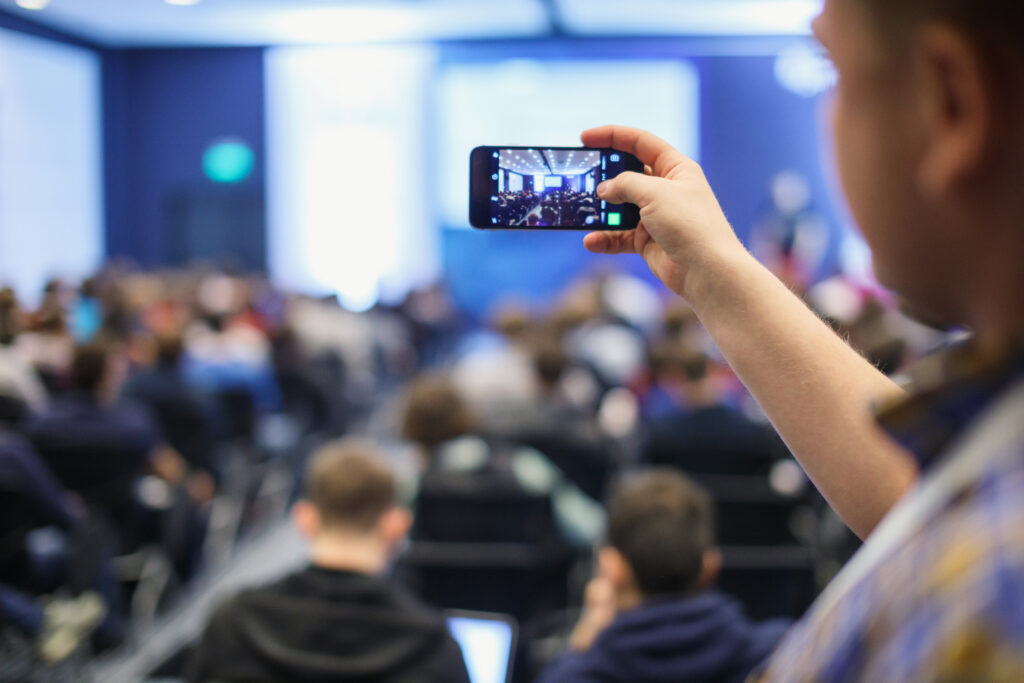Do you have an upcoming event that you want to film but you’re not sure how? Refer to this step by step guide for your next event!
- Have a Plan
The more preparation you do, the better. You do not want to show up and just start filming content. Make sure you know the event schedule, so you are aware when key moments will be happening (speakers, etc). From there, plan out a shot list. Take the time to think about which wide shots you’d like, which guests and attendees are important to the story, and what types of B-roll, close ups, and cutaways you need to properly tell the story. This will help to make the editing process easier.
- Know your locations
It’s important to find out the lighting conditions of each location. Are there windows that provide a lot of natural light? If it’s at night, how well lit will the space be? Often, evening events are dimly lit resulting in the need for external lighting equipment. Knowing this information in advance is crucial to the quality of your video.
- Know your gear
Whether you choose to film on a professional camera or with a phone, make sure you understand all equipment capabilities. You don’t want to be playing with new equipment on the day of the event.
- Have a plan for capturing quality audio
Audio quality can make or break a video. You will need to record high quality audio unless you plan on only piecing together a highlight video to music. Audio is a technical craft on its own, but remember these basic principles:
- Always try to get clean audio of someone speaking. Cutting out background noise or speech while your subject is speaking can be very challenging. If possible, use a quality shotgun microphone pointed at their mouth just slightly out of frame and/or a lavalier mic that you can clip onto their shirt.
- Whenever possible, run audio directly into the camera and monitor the levels. Make sure they don’t consistently peak (go into the red zone) but stay right below at around -12db. If you are filming the event on your phone or on a camera that does not allow for audio inputs, you may have to invest in an audio recorder and sync the audio with the video later, in post-production.
- Capture more footage than you think you need
During the event, you should always try to capture extra footage that is not in your shot list. It never hurts to have more footage, since you cannot go back to the event and capture a “do-over.” When capturing b-roll, make sure each clip is a minimum of 10 seconds.
I hope you find these tips helpful! Overwhelmed with the prospect of doing everything yourself? Promote Local offers professional video services and can help you with your next project.

